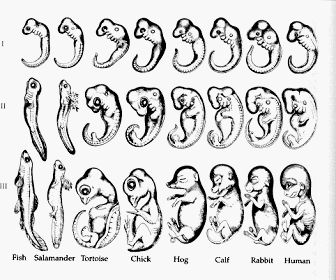

the archetypal mythology of horses
Copyright
2004-2022 Beverley Kane, MD
Page 5 of 20
you have ever found yourself involuntarily and almost unconsciously bobbing your head
to a jazz beat, you've experienced a somatopathic response to the music.
Physical qualities are not adequately addressed in psychological archetypes.
Physical archetypes are separate but equally primal and universal. They exist in the
language of visceral repertory that the body understands on its own terms.
The body
does not merely react to ideas. It has its own primary apprehension and response. Martial
arts teach us that our mental states can be secondary to how we center, balance, and
move our bodies.
Let us suppose the existence of somarchetypes of the physical body's universal
primordial experiences.
*
The forms, shapes, and sensations experienced as Other, both
animal and human, receive projections from the sensory unconscious. In waking life and
in dreams, we project somarchetypes onto animal bodies and probably
onto plants and
inanimate objects as well.
†
We project our imagined versions of tallness and shortness,
strength and weakness, skinniness and fatness, baldness and hairiness, vaginas and
penises, onto those who have attributes unlike our own but known to the collective
physical unconscious of which
we are part. We project our
undesirable, rejected Dark
Shadow somarchetypes onto
disabled or disfigured forms.³
We project our desirable, ideal
Bright Shadow somarchetypes
onto Olympic athletes, beautiful
ballerinas, and horses.
When we dream of
animals, one layer of the dream
is the dream body representing
itself as an earlier stage of our
physical development. The
memory of these forms is stored
over the millennia of evolution in
the consciousness of our cells.
A now largely discredited
theory of human embryonic
development states "ontogeny recapitulates phylogeny."
‡
In the figure to the right,
executed, some say fraudulently, by late the late 19th century German biologist, Ernst
Haeckel, the human fetus in its nine months of development passes through forms that
resemble stages of evolution—from fish to amphibian to bird to "lower" mammal to
*
From Greek soma-, body. The term somatype might have been preferable, however it was already used
in the early 1940s by American psychologist William H. Sheldon to describe ectomorphs, mesomorphs, and
endomorphs.
†
Hence we have the Gestalt technique of being all characters and objects in our dreams.
‡
This concept means that the gestation, or coming into being (ontogeny), of each "higher" animal passes
through all the stages of evolution of each kind (phylum) of "lower" animal.
Ontogeny recapitulates phylogeny. Ernst
Haeckel, 1868.


